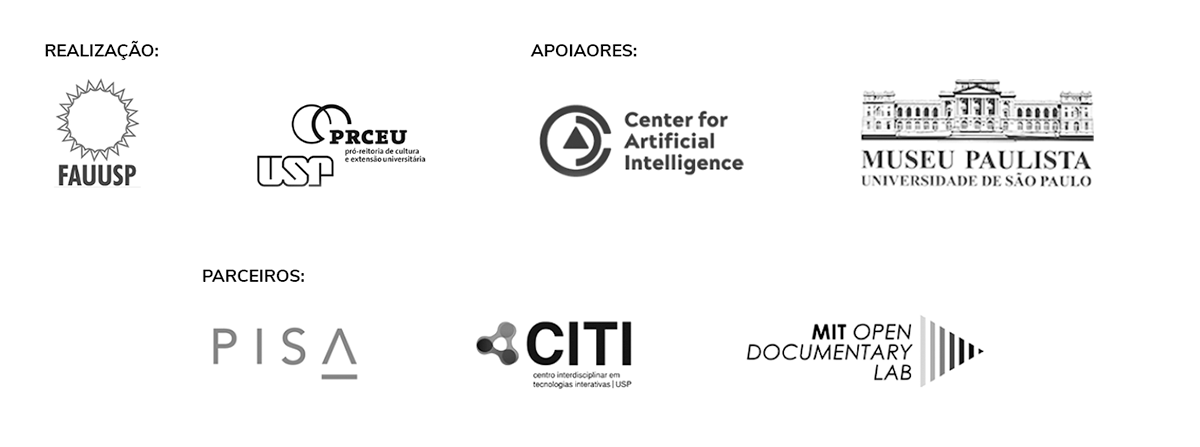Monument to the Mãe Preta: controversies and appropriations
Texto: Isabela Leite. Modelagem 3D: João Generoso Gonzales. Pós-Produção: Luís Felipe Abbud, João Generoso Gonzales.
The Monument to the Mãe Preta has generated controversy and debate since the first time it was conceived, in the 1920s. At that moment, there was already an attempt by the black movement to re-signify and revalue the figure of the black mother, putting into debate the contribution of these women in the nation’s formation.
At least two proposals sought to honor this figure at the time. One for the institution of Black Mother’s Day, on September 28, the date of the promulgation of the Free Womb Law, and another for the construction of a monument in Rio de Janeiro, the federal capital at the time, envisaged by sculptor Yolando Malozzi. But under protests against it and with the outbreak of the Revolution of 1930, the project was put aside until the 1950s. On January 30, 1953, five days after the inauguration of the Monumento às Bandeiras, a memorial with around 500 signatures requesting the construction of a bust of Mãe Preta was sent to the City Council by Clube 220 – a black collective from São Paulo, then presided over by Frederico Penteado Jr., known as Seu Ico. The intention was for the tribute to be ready for Mother’s Day that same year. However, the process took a long time, since some senators and the then mayor Jânio Quadros took a stand against the monument, and it was only approved in October of that year, in second instance.
Then, a competition was held to see who would create the sculpture, won by Júlio Guerra under the pseudonym of Ibirapuera, a white artist strongly influenced by Brecheret. As for the location, Largo do Paissandu was chosen, as previously suggested by Clube 220, for its symbology for the black community because of the Church of Nossa Senhora do Rosário dos Homens Pretos, located there.
The monument was inaugurated on January 23, 1955 and served as the closing event for the IV Centenary of São Paulo festivities. This was the only sculpture dedicated to black figures included in the commemorations, which only happened after much insistence by the pro-monument commission.
At the time, there were some disagreements about the sculpture, both because of the existing criticisms of Clube 220’s actions, and because of the work itself. The modern features of the work were seen negatively by black critics, such as José Correia Leite, who hoped that Mãe Preta would be immortalized in a more classical and academic style, like existing monuments dedicated to white people.
Despite the discussions, the monument, alongside the Church and Largo, has become a kind of reference for part of the black community that carries out protests and celebrations in the square, depositing flowers, candles and other tributes to the Mãe Preta at the foot of the sculpture.
References
- Alexandre Araújo Bispo. Mãe Preta: Memórias E Monumentos Negros. Revista O Menelick 2º Ato, São Paulo, 2011.
- Maria Aparecida de Oliveira Lopes. As representações sociais da Mãe Negra na cidade de São Paulo. UNESP, São Paulo, 2007.
- Instituto Pólis. Quais histórias as cidades nos contam? A presença negra nos espaços públicos de São Paulo. São Paulo, 2020.
- Lúcia Klück Stumpf e Júlio César De Oliveira Vellozo. Um retumbante Orfeu de Carapinha’ no centro de São Paulo: a luta pela construção do monumento a Luiz Gama. Revista de Estudos Avançados, São Paulo, 2018.
- UNESP. 28 de setembro – Dia da Gratidão à Mãe Preta. São Paulo, 2018.












